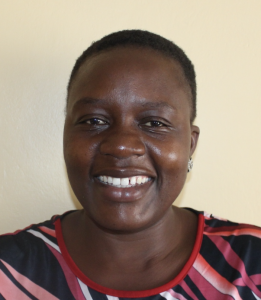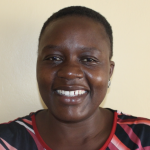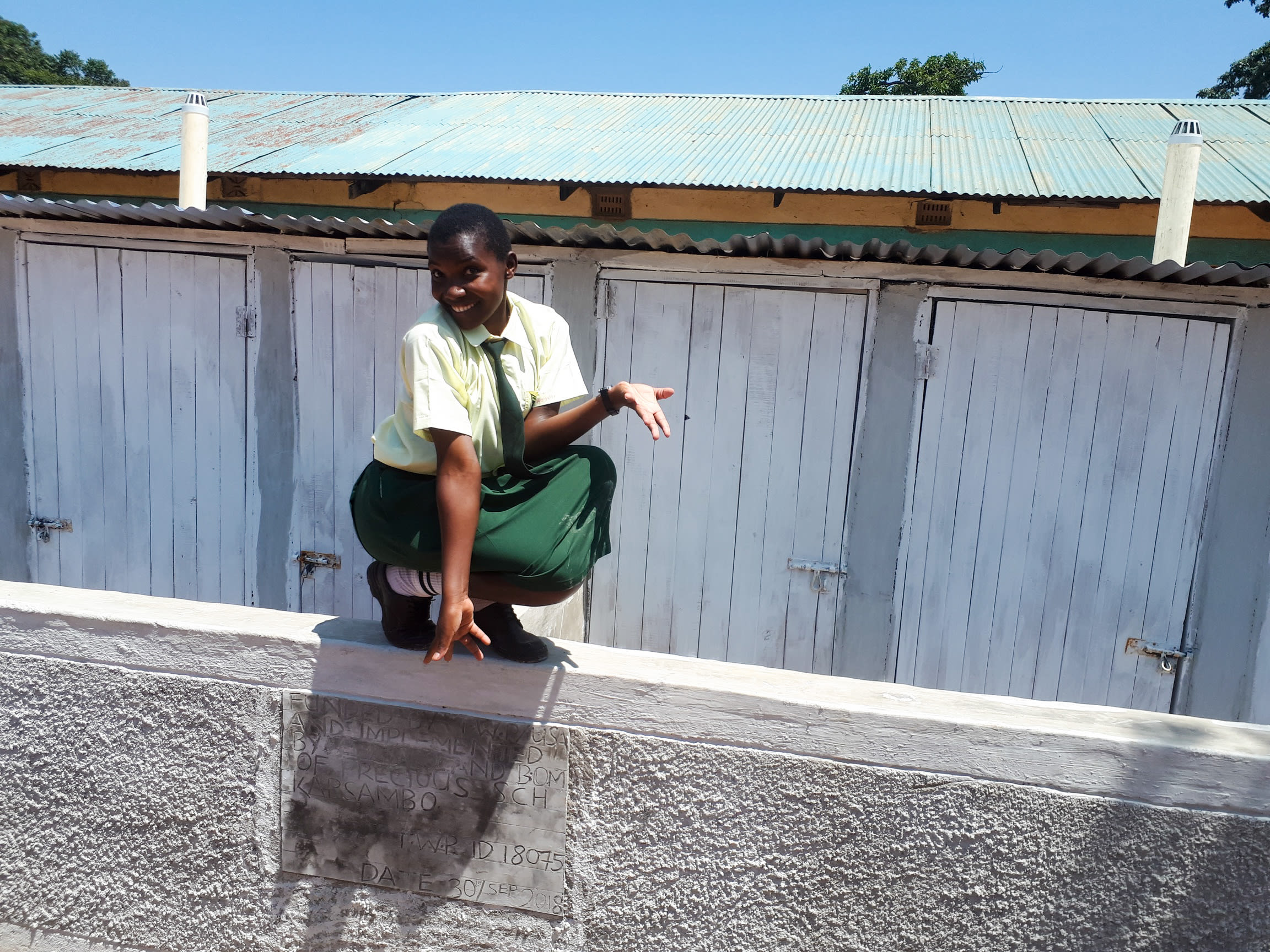It's 5:00 am in the morning and activities have already started for the 504 students and 24 teachers at staff at Kapasambo Secondary School, located in the Sabatia District of Vihiga County, Kenya.
As a person enters the school compound, they are greeted with a very clean environment. The girls' dormitories were also clean and organized. The presence of the handwashing stations in the compound, though few, is an indication of positive hygiene behaviors.
"I am more than happy today to host you in my school," school founder Madam Jessica Demensi said.
"We have had numerous challenges in regard to water and sanitation. From waterborne diseases to wasting time. We are so happy that this will be a thing of the past. God bless you all."
Both boys and girls are seen running around with their buckets to fetch water for bathing and washing up. The cleaning commences and ends at around 6am when they proceed to take breakfast.
At 7am, morning study hall begins as day scholars also begin streaming through the gate. At 8am, there is an assembly when all the students line up for prayers and announcements.
People in the surrounding community specialize in planting tea for commercial purposes. This tea is supplied to Kaimosi and Mudete tea factories.
After assembly, a class is sent to fetch water for making school lunch.
The school is connected to Lake Victoria North Water services, but it is irregular and expensive. They are lucky if it works one day a week. They also have a plastic water tank, an initiative of the parents. This 5,000-liter plastic tank is used to harvest and tap rainwater, but it runs out very quickly because this is a boarding school.
Due to the demand and high population, this water tank cannot sufficiently serve this school - hence they always have to go to the nearest water stream.

Students have buckets and basins that they use for fetching the water - none of these containers have covers.

They travel down the hill.

This water source is at the bottom of a hill and is in bad condition.

Then, students must go back up the hill with the heavy water. In the year 2016, there was an outbreak of typhoid and cholera in the school, prompting the closure of the school for over two weeks.

It takes an average of 40 minutes to and from the spring.
Morning classes have a few breaks until lunch. After lunch, classes progress until 3pm when there is another break.
Later, all students are sent to fetch more water for cleaning up and washing. The school administration does not allow the students to store water in the dormitories so as to avoid accidents and pneumonia attacks due to colds. They, therefore, must go both in the morning and evening to fetch water for bathing, cleaning and washing up.
The latrines on the school grounds are made of concrete. Though they are still in good condition, they are old and almost full. This is due to the pressure experienced by the huge population.
As a result of the lack of water, the hygienic conditions are not up to standard.
The evening study hall picks up after 7pm. The routine repeats itself day in and day out.
Here’s what we’re going to do about it:
Training
Training will be held for two days. The facilitator will use PHAST (participatory hygiene and sanitation transformation), ABCD (asset-based community development), CTC (child to child), lectures, group discussions, and handouts to teach health topics and ways to promote good practices within the school. The CTC method will prepare students to lead other students into healthy habits, as well as kickstart a CTC club for the school.
Handwashing Stations
This CTC club will oversee the new facilities, such as handwashing stations, and make sure they are kept clean and in working condition. The two handwashing stations will be delivered to the school, and the club will fill them with water on a daily basis and make sure there is always a cleaning agent such as soap or ash.
VIP Latrines
Two triple-door latrines will be constructed with local materials that the school will help gather. Three doors will serve the girls while the other three serve the boys. And with a new source of water on school grounds, students and staff should have enough to keep these new latrines clean.
Rainwater Catchment Tank
A 50,000-liter rainwater catchment tank will help alleviate the water crisis at this school. The school will also help gather the needed materials such as sand, rocks, and water from the spring for mixing cement. Once finished, this tank can begin catching rainfall that will be used by the school’s students and staff.
We and the school strongly believe that with this assistance, standards will significantly improve. These higher standards will translate to better academic performance!

 Rainwater Catchment
Rainwater Catchment
 Rehabilitation Project
Rehabilitation Project




































